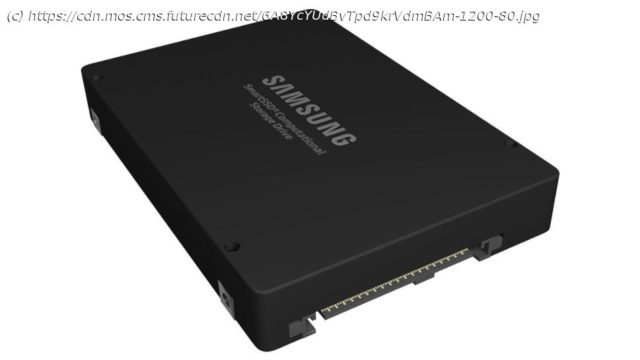An expert analysis of how storage tiers could evolve by the end of this decade.
The data storage landscape is constantly evolving to meet the ever changing needs of consumers all over the world. We’ve come a long way in the last few decades, not only in terms of the evolution of the storage technology, but also in improving the storage capacity while reducing the form factor of storage devices. The evolution of storage media has been astonishing. From magnetic tapes to HDDs and now SSDs, storage technology has gone from strength to strength. While magnetic tapes, that were in vogue in the 1960s, could be regarded as the first commonly used type of storage devices, in the true sense, the data storage industry began with the introduction of the floppy disk drive (FDD) in 1971, and continued to grow following the commercialisation of the first hard disks in the late 70s and early 80s. It was however the introduction of the personal computer that led to an unprecedented demand for these early storage technologies, which led to an exponential growth thanks to an invigorated interest from manufacturers the world over. Samsung has been an integral part of the engine that has been driving this change. An example of its stewardship is the development of the 16Kb EEPROM, that’s widely regarded as the precursor to flash memory, all the way back in July 1984. The company then shifted its focus to Mask ROM (MROM) which was back then popular for its use in gaming devices like the Game Boy and the Tamagotchi. Not satisfied with the existing Mask ROM solutions, Samsung decided to develop its very own MROM technology, which debuted in 1989. However, since demand for MROM was limited to a particular segment, Samsung, which had long predicted that flash memory would come to dominate the market, turned its attention to portable flash memory. Samsung’s first commercially available flash drive hit the shelves towards the end of 2000, and once again cemented the company’s position of leadership in the storage sector. Flash memory came about as a replacement for the existing storage media. One of the biggest reasons for the uptake of Flash memory back in the day was that Flash memory was an EEPROM (electronically erasable programmable read-only memory) that does not require a power source to retain the data. In fact, Flash memory is so named because the erasure process of the contents of a flash memory reminded the colleague of one of its co-inventors of a flash of a camera. Our exposure to flash memory is mainly through its use in portable devices like digital cameras, smartphones, portable music players, as well as via portable storage devices such as USB drives, and memory cards. After going through several types of Flash memory such as NOR, people across the world have settled on NAND flash from Samsung, which continues to offer faster write and erase times, higher densities, and a lower cost per bit than other types of Flash memory. Samsung has in fact been championing Flash storage for over 18 years. It was the first company to mass produce a 1 Gb NAND flash drive back in 2002.






